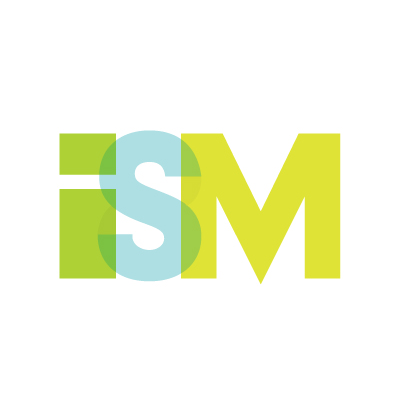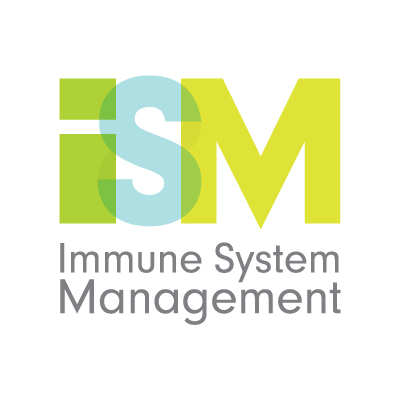WELCOME to the ISM HERV-K102 RESOURCE CENTRE
QUICK LINKS:
Presentation: Potential Role of Human Endogenous Retrovirus K102 (HERV-K102) Particles in Resistance to HIV-1 Transmission (PDF download)
As presented at the Canadian Association for HIV Research – The 23rd Annual Canadian Conference on HIV / AIDS Research May 1-4, 2014 in St. John’s
Why is February Heart Month? (PDF download)
“Why is February Heart Month? is an excellent and illuminating review on the role of infection and stress in heart disease that you will not find anywhere else. Dr. Laderoute takes us down an inquisitive journey with many twists and turns on what may cause foamy macrophages and how inflammation associated with the antiviral responses could lead to heart disease and be tied into flu season, stress or as found in HIV patients. This article is a penultimate work on why we need to continue in our quest to find answers through critical research programs, such as the effects and mechanisms involved in viral infections and heart disease.”
Review by: Dr. Francisco Diaz-Mitoma, Ph.D., M.D. CEO, Advanced Medical Research Institute of Canada and previously, Director of the Regional Virology Laboratory of Eastern Ontario
New Insights on Mechanisms of Foamy Macrophage (FM) Induction & Persistence
BACKGROUND:
1) What is HERV-K102?
About 8% of the human genome is made up of retroviruses. While most of these are just bits and pieces, some like human endogenous retrovirus K HML-2 group members are recent immigrants to the human genome and may still be active. Human endogenous retrovirus- K102 (HERV-K102) is the only known endogenous retrovirus confirmed by several research groups to be replication competent in humans. It has been estimated to have integrated into the human genome about 180,000 years ago and is located on chromosome 1.
2) Why is ISM interested in HERV-K102?
The induction of HERV-K102 particle production appears to play a major role in recovery from chronic diseases through the Aminomics program at ISM.
3) What is the significance of HERV-K102 replication?
At this time, the significance of HERV-K102 replication is only being worked out. The team who first discovered it was led by Dr. Marian Laderoute (current Lab Director at ISM). She believes particle production and the induction of T and B autoreactive responses to HERV-K102 antigens are part of a novel host protection mechanism unique to humans. This protection mechanism seems to protect against tumors, viruses and other intracellular pathogens (see presentation on HERV-K102 particle production in the prevention of HIV-1 transmission for a working model of how the particles may undergo lytic infections in tumor or virally transformed cells).
The other main significance of HERV-K102 particle production is that when these particles are made, it converts activated monocytes into foamy macrophages and foamy macrophages are known to be involved in atherosclerosis (clogged arteries). However, for the latter it is only when the lysis of the foamy macrophages is blocked such as in people who are immunosuppressed does HERV-K102 seem to cause atherosclerosis (see article called �Why is February Heart Month?� for more details).
4) What is the significance that foamy macrophages are making HERV-K102 particles?
As explained in the article �Why is February Heart Month?�, it appears atherosclerosis relates to the induction of an antiviral response (HERV-K102) but in people who are immunosuppressed, and may have nothing to do with high cholesterol. This completely changes how we view atherosclerosis and heart attacks. It raises the important question as to why statins are used to lower high cholesterol to prevent heart attacks, if high cholesterol is not what causes foamy macrophages.

